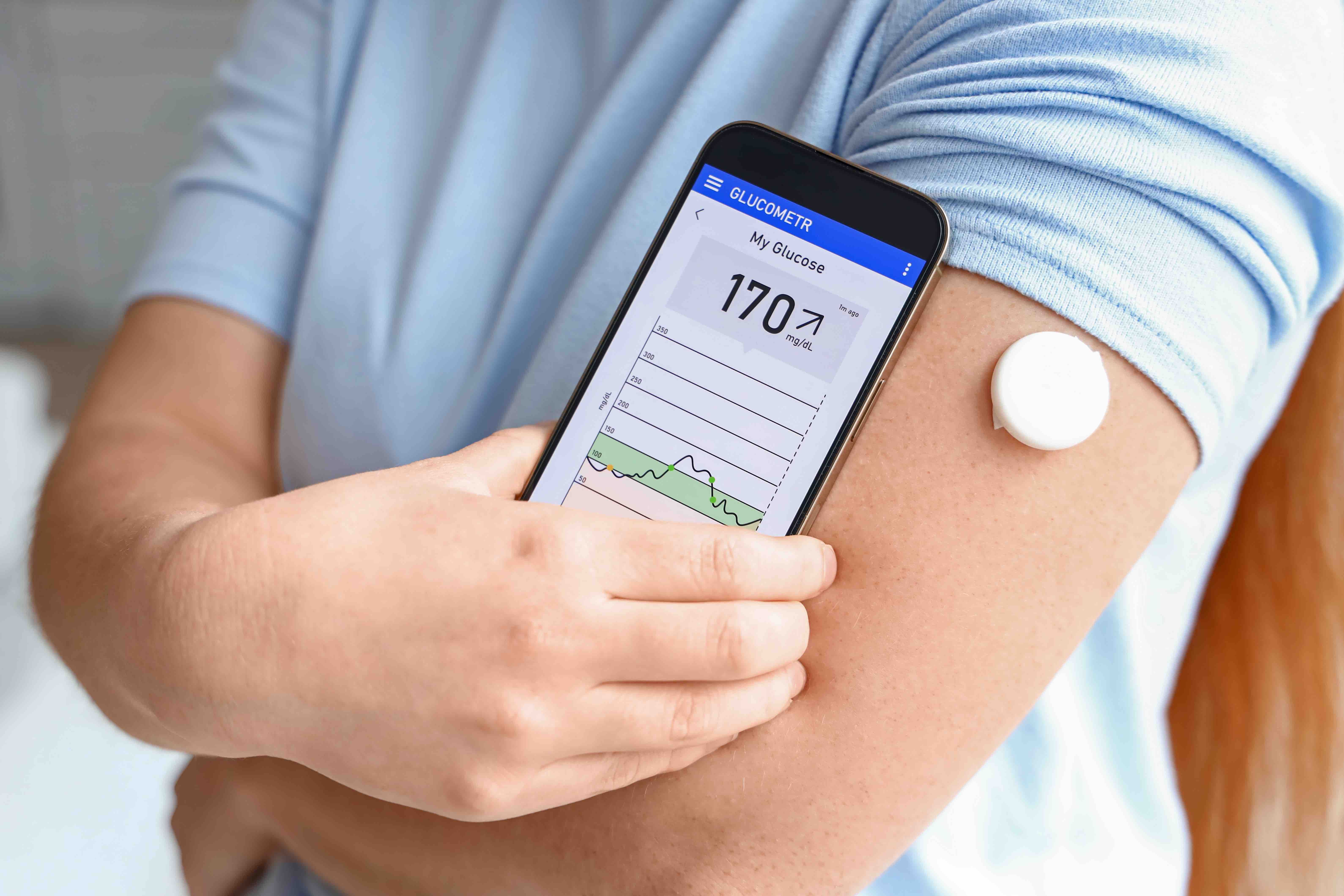Article
Childhood Cancer Survivors Have a Heightened Risk of Heart Disease, Study Shows
Author(s):
Cancer treatment raises the risk of heart disease in childhood cancer survivors, as does diabetes and hypertension.
Childhood cancer survivors are at an increased risk for developing cardiovascular diseases (CVD) due to cancer treatment and metabolic disorders, according to a study published today in the American Heart Association’s journal Circulation.
Researchers from Ontario, Canada’s healthcare system derived data from the Pediatric Oncology Group of Ontario Networked Information System (POGONIS) to examine 5-year cancer survivors who were diagnosed before age 18 and treated in pediatric cancer centers between 1987 and 2010. In the study, 7289 childhood cancer survivors were compared to 36,205 cancer-free subjects of the same age, gender, and postal code:
- Median age at diagnosis was 7-years-old (range, 0-17.9 years)
- Combined median attained age at the end of follow-up for both groups was 24-years-old (range, 5-47 years)
- Median follow-up was 10 years (range, 0-25 years)
- Each childhood cancer survivor was matched to 5 cancer-free subjects
Prior studies on this survivor group solely focused on anthracyclines, a class of chemotherapy medications used to treat various types of cancer, in relation to heart failure (HF). Researchers sought to expand knowledge of other subtypes of potential cancer treatment-related CVDs through evaluating the risks and predictors of arrhythmias, pericardial disease, valvular disease, and coronary artery disease.
Cumulative incidence estimates and cause-specific hazard ratios (HR) were used to compare the risk of CVD between cohorts while multivariable analyses were used to examine the association between baseline characteristics and cancer treatments with CVD rates among survivors.
The study revealed a significant increase in risk of CVDs for childhood cancer survivors compared with non-cancer subjects both 10 and 15 years after index. Cause-specific HRs between childhood cancer survivors and non-cancer subjects were all statistically significant as HF showed a HR of 9.7 (95% CI, 6.8-14.0), arrhythmia (HR=1.9; 95% CI, 1.5-2.6), pericardial disease (HR=1.8; 95% CI, 1.1-3.0), valvular disease (HR=4.7; 95% CI, 2.4-9.0), coronary artery disease (HR=3.4; 95% CI, 1.5-7.7), and any cardiac event (HR=3.2; 95% CI, 2.7-3.8).
These HRs represent an increased risk for survivors of developing various subtypes of CVD as compared to cancer-free individuals. Consistent with prior studies, researchers found that survivors exposed to 250 or greater mg/m2 of anthracycline chemotherapy were at a statistically significant risk of CVD overall and HF in particular, which was not found in associations with chest-directed radiation. In addition to anthracycline, metabolic disorders were additionally found to be indicators of potential CVD as diabetes (HR=4.3, 95% CI, 1.8-10.7) and hypertension (HR=3.1, 95% CI, 1.3-7.9) were statistically significant predictors of HF.
Senior study author Paul Nathan, MD, MSc, staff oncologist in the division of hematology/oncology and senior associate scientist in the Child Health Evaluative Sciences program at The Hospital for Sick Children, recognized the consequential importance of anthracycline, but stressed the necessity to manage metabolic disorders in survivors. “While anthracycline chemotherapy may induce heart disease, many patients require this cancer treatment to survive,” said Nathan in a statement. “Doctors should address heart disease risk factors — such as diabetes and hypertension – that can be modified.”
Future studies potentially plan to address unaccounted factors such as smoking, physical activity, diet, and alcohol abuse. As nearly 3% of childhood cancer survivors experienced 1 or more cardiac event compared to 1% in cancer-free subjects, more comprehensive understanding of these factors is needed for efficient healthcare of survivors.
“The close connections between lifestyle, metabolic disorders and cardiac disease warrant careful follow-up and monitoring of the childhood cancer survivor population,” Nathan said.
Reference
Khanna A, Pequeno P, Gupta S, et al. Increased Risk of All Cardiovascular Disease Subtypes Among Childhood Cancer Survivors. [published August 26, 2019]. Circulation. doi: 10.1161/CIRCULATIONAHA.119.041403.





